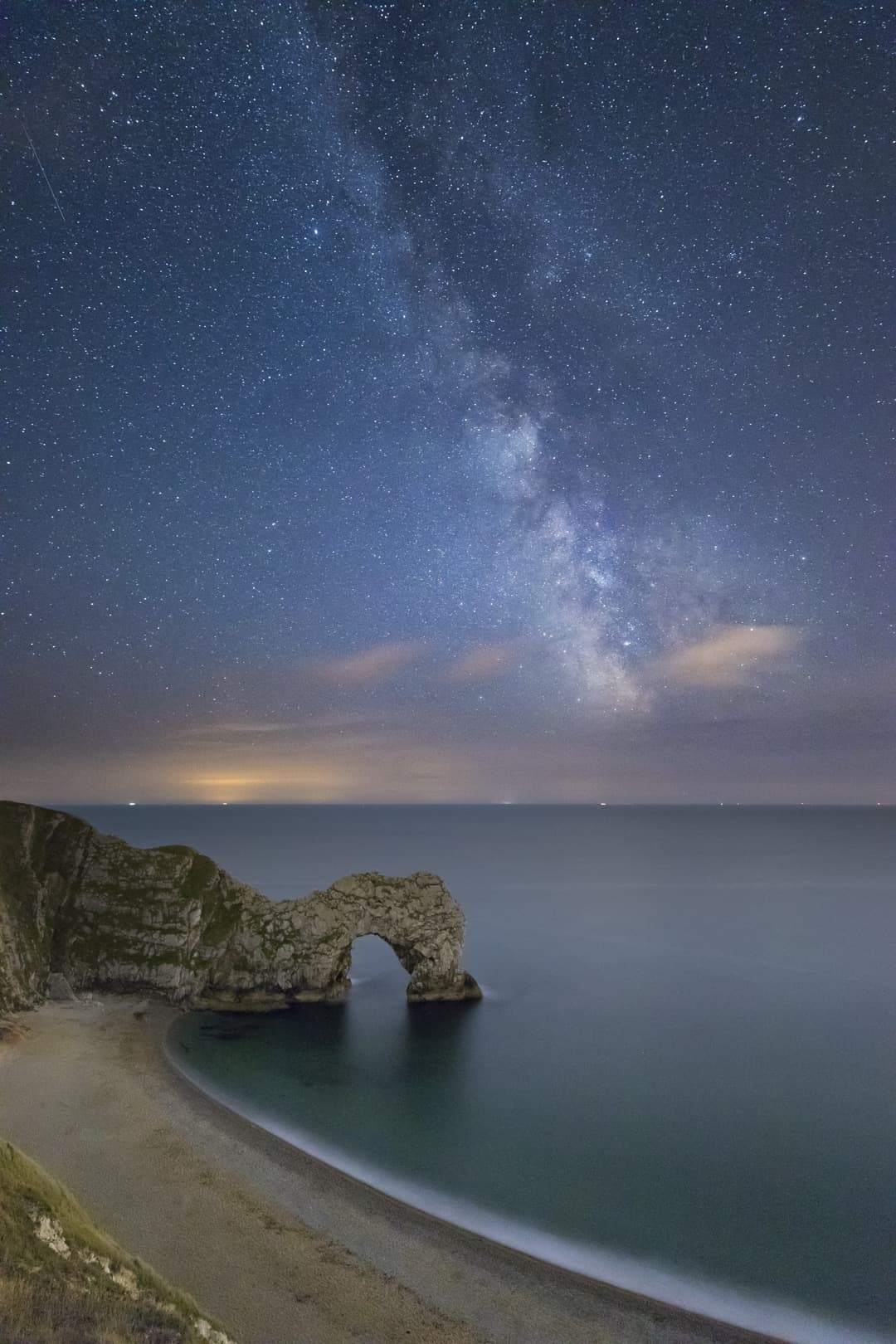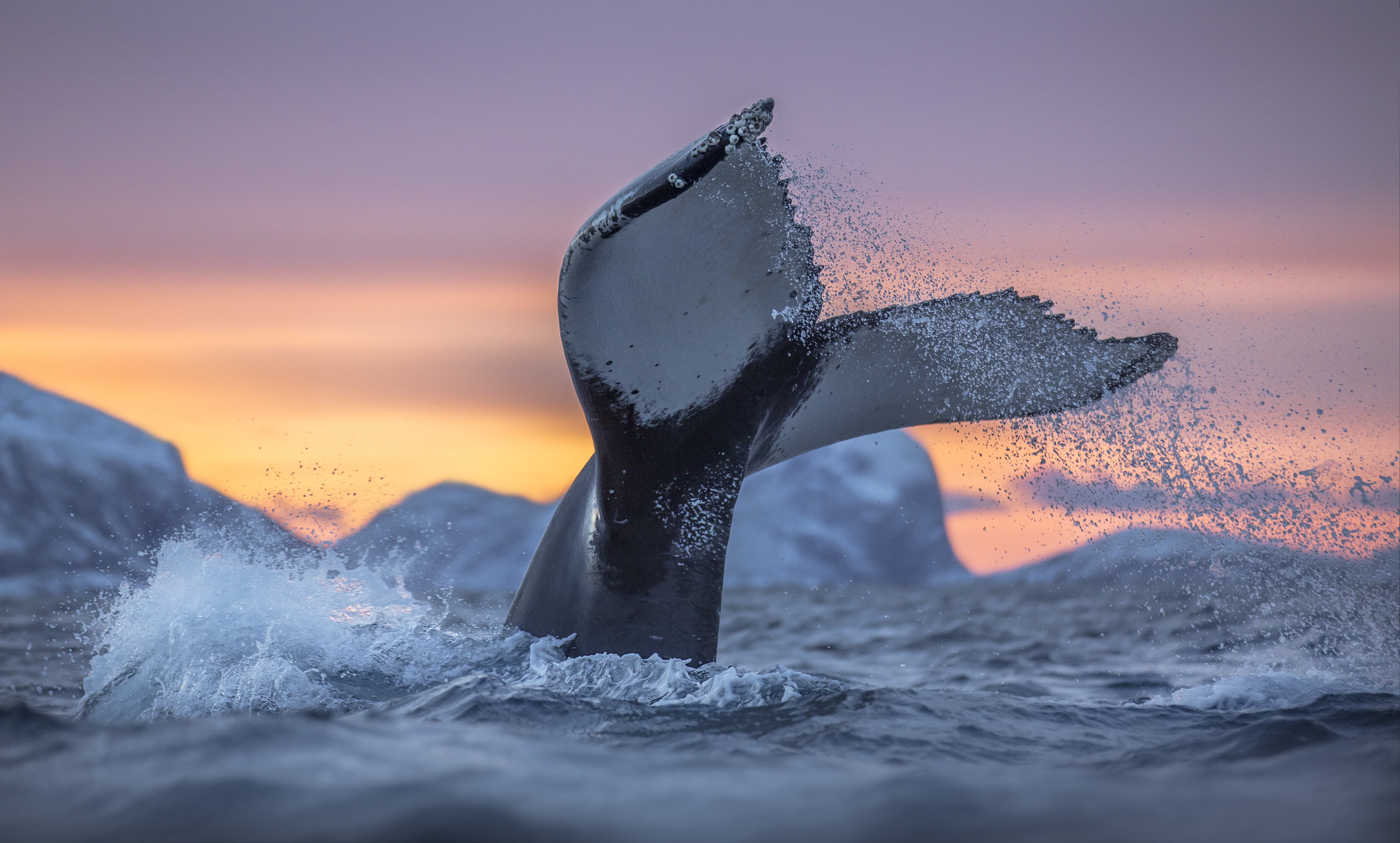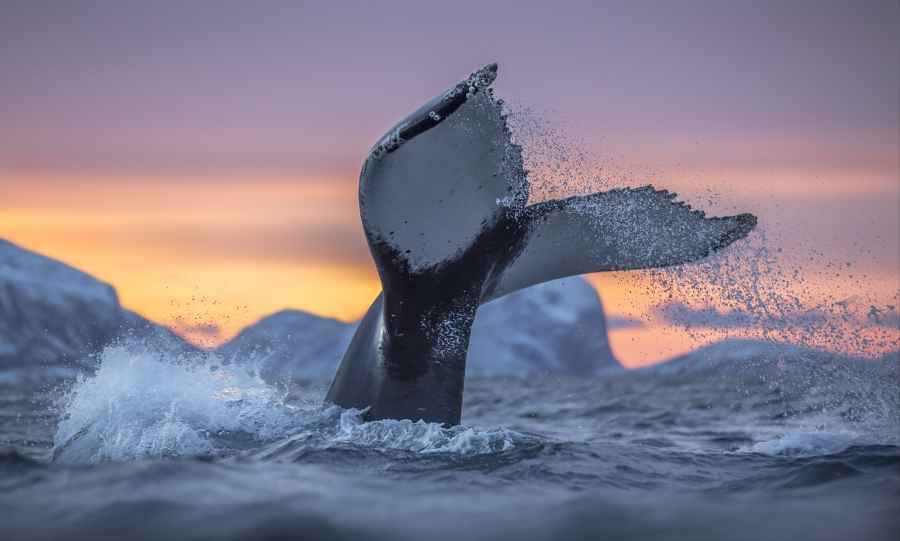Every photographer has a go-to lens that’s a permanent fixture in their kitbag. Whether they are shooting wildlife, sports, portraits, or any other kind of professional photography, the quality and reliability of the lens is paramount to success.
In the field, in sometimes challenging conditions, professionals need a lens they can rely on to deliver precision autofocus, speed and weather sealing to truly make the difference between capturing an iconic image and a wasted opportunity. Pro photographers of all stripes naturally turn to Canon’s L-series lenses for their excellent quality and reliability.
To anyone who knows anything about lens manufacturing, this won’t be a surprise. Sci-fi-style robots, fault-hearing engineers, anti-static shoes – Canon’s Utsunomiya lens factory is a hotbed of innovation and precision. Canon’s L-series lenses have a global reputation for professional-quality build and producing sharp results, but to make such outstanding lenses requires impressive levels of craftsmanship, attention to detail, and a few surprising practices, including the hand-testing and calibrating of every Canon L-series 16-35mm lens – not just the samples – ensuring that each lens meets the high standard expected in the premium line.
Here, the world’s leading photographers tell us how the craft behind the lens helps them to tell their story.
David Noton
Canon EF 16-35mm f/2.8L III USM
Several pro photographers make good use of Canon lenses, including Canon Ambassador David Noton, who captured this shot of Durdle Door in Dorset, England, while the galactic centre (the brightest part) of the Milky Way was visible. ‘For night sky photography – when the maximum amount of starlight needs to be captured in an exposure lasting less than 20sec – quality lenses are a must, and the wider and faster they are, the better,’ says David.
‘I’d previously tested the EF 16-35mm f/2.8L III USM lens and been impressed by its corner-to-corner performance at its maximum aperture of f/2.8, even at its widest focal length of 16mm. This L-series lens now resides virtually permanently in my camera bag. I had a composition in mind that would balance the arc of the Milky Way above with the sweep of the beach and Durdle Door below. With my 16-35mm lens at its widest angle and aperture, I composed, then focused on the lights in the distance, zooming in on Live View to check accuracy, then I locked focus by switching to Manual. I dialled in the settings, checked all was level, fine-tuned the composition and waited for the magic moment.’

The Milky Way over Durdle Door, Jurassic Coast, Dorset, England, UK. Canon EOS 5D Mark IV with a Canon EF 16-35mm f/2.8L III USM lens, 120sec at f/2.8, ISO 12,800. © David Noton / Canon Ambassador.
Alessandra Meniconzi
Canon EF 100mm f/2.8L Macro IS USM
Take this impactful profile, shot by documentary photographer and Canon Ambassador Alessandra Meniconzi, of a Mongolian eagle hunter. Alessandra had wanted to photograph these hunters for 18 years, having become fascinated with their hunting techniques after first meeting some in Kazakhstan in the late 1990s. In October 2017, she travelled to the Altai Mountains in Mongolia to realise her dream.
‘The Canon EF 100mm f/2.8L Macro IS USM is great for flattering facial proportions and the f/2.8 aperture creates excellent depth of field,’ she explains. ‘It is also very light and discreet. Moreover, the lens has been created for small details – the images really are razor sharp! And finally, you can get closer to your subject.’
Portrait of a Mongolian eagle hunter, Mongolia.
Canon EOS 5D Mark IV with a Canon EF 100mm f/2.8L Macro IS USM lens, 1/60sec at f/6.3, ISO 100. © Alessandra Meniconzi / Canon Ambassador
Audun Rikardsen
Canon EF 70-200mm f/2.8L IS II USM
Norwegian pro photographer and Canon Ambassador Audun Rikardsen says that Canon L-series lenses have helped him to capture the majesty of nature in his photographs of whales on Norway’s polar night. ‘In the past few winters, hundreds of humpback whales have arrived at Tromsø in northern Norway to feed on overwintering herring,’ explains Audun.
‘They come during polar night, where there’s no sun above the horizon, making the light and the weather conditions challenging. The Canon EF 70-200mm f/2.8L IS II USM is my favourite lens for photographing the humpback whales during this period because of its robustness, large aperture and accurate focus during low-light conditions. This zoom lens always delivers, even in the most challenging conditions!’

Diving humpback whale, Arctic coast.
Canon EOS 5D Mark III with a Canon EF 70-200mm f/2.8L IS II USM lens, 1/640sec at f/2.8, ISO 1600. © Audun Rikardsen / Canon Ambassador.
To sign up to the Canon Europe newsletter, and read more about the Canon L-series lenses that world-leading photographers are using, simply visit canon.co.uk/pro/stories/l-series-lenses-facts/








